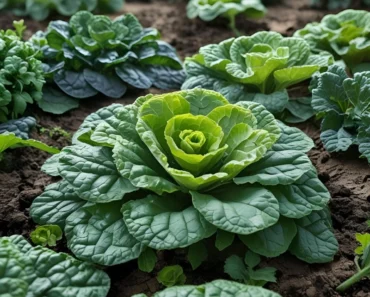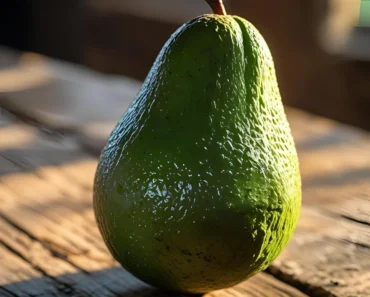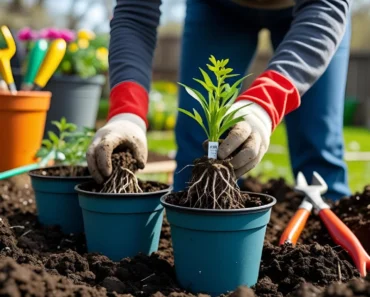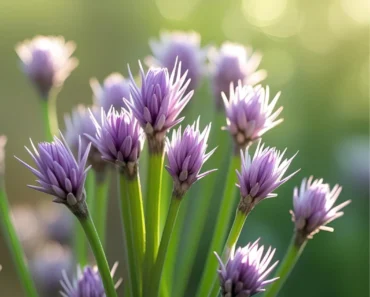Carrots are a versatile, nutrient-rich vegetable that home gardeners and chefs love to keep on hand year-round. However, without refrigeration, storing carrots fresh and crisp for extended periods can be challenging. Fortunately, a variety of traditional and modern methods allow carrots to be stored safely and effectively for months without a fridge. This comprehensive guide explores the easiest and most reliable ways to store carrots without refrigeration, ideal for gardeners with limited fridge space, those living off-grid, or anyone interested in sustainable food storage.essentialfoodhygiene+2

Why Store Carrots Without a Fridge?
Many people face situations where refrigeration is unavailable or impractical:
-
Off-grid living or during power outages
-
Limited fridge space due to large harvests or other foods
-
Environmental concerns aiming to reduce energy use
-
Using traditional preservation techniques for seasonal gardening
Storing carrots without refrigeration relies on controlling temperature, moisture, and airflow to minimize spoilage and retain texture.
Key Risks of Improper Storage
If carrots are stored poorly without a fridge, they can quickly develop:
-
Spoilage and Rot: Excess moisture and inadequate airflow promote mold and bacterial growth.
-
Loss of Crispness: Dehydration causes limp, rubbery carrots.
-
Bitterness: Exposure to light or ethylene gas can trigger bitter compounds.
-
Food Safety Hazards: Mould or rot can pose health risks.
Proper storage methods reduce these risks while preserving carrot quality.
Easiest and Most Effective Carrot Storage Methods Without a Fridge
1. Store in a Cool, Dark Place
-
Ideal conditions: 0-4°C (32-39°F) temperatures with 90-95% humidity.
-
Examples: Root cellars, cool basements, insulated garages, unheated sheds during winter, or cool pantry spaces.
-
Method: Store carrots unwashed with their greens trimmed to 1-2 inches to reduce moisture loss. Wrap loosely in damp cloth or newspaper if air is dry, but avoid wetness.
-
Pros: Minimal setup, retains texture well.
-
Cons: Requires suitable ambient temperature and humidity.essentialfoodhygiene
2. Sand or Sawdust Storage
-
Materials needed: Clean, dry sand or sawdust, sturdy, well-ventilated containers or bins.
-
Steps:
-
Lay down a 2–3 inch layer of sand or sawdust in the container.
-
Place carrots side by side in a single layer, not touching.
-
Cover with another inch of sand or sawdust.
-
Repeat layering until container is full.
-
Store container in a cool, dark, frost-free location.
-
-
Benefits: Insulates carrots from air and moisture fluctuations, significantly extending shelf life up to 3+ months.
-
Maintenance: Check every couple of weeks and remove any softening carrots to prevent spread of rot.shiftingroots+1
3. Water Storage (Short-Term)
-
Process: Stand carrots upright in a container of cold water, fully submerged.
-
Environment: Place container in a cool, dark place such as an unheated garage or cellar.
-
Care: Change water every 1-2 days to minimize bacteria growth.
-
Duration: Keeps carrots crisp up to 7 days.
-
Best for: Short-term storage or reviving limp carrots.
-
Limitations: Not suitable for bulk or long-term storage.essentialfoodhygiene
4. Root Cellaring / Root Clamp
-
Traditional method: Mimics natural underground conditions.
-
Construction:
-
Dig a 2-foot deep hole in well-drained soil.
-
Line the bottom with dry straw or hay as insulation.
-
Layer carrots in single layers separated by straw.
-
Cover with more straw and seal with a breathable tarp or wooden board.
-
-
Advantages: Consistent humidity and temperature guard carrots for 4-5 months, ideal for gardeners with outdoor space.
-
Considerations: Needs protection from moisture and animals.essentialfoodhygiene
Tips for Maintaining Carrots Without a Refrigerator
-
Remove green tops immediately at harvest; they draw moisture away from roots and accelerate spoilage.
-
Avoid washing carrots before storage; excess moisture can cause mold. Brush off dirt gently instead.
-
Store away from ethylene-producing fruits like apples and bananas to prevent bitterness and rot.
-
Handle gently to avoid bruising, which fosters rapid decay.
-
Provide adequate airflow around stored carrots to prevent condensation and fungal growth.
-
Regularly inspect stored carrots for soft spots, mold, or smell changes and promptly remove affected roots.
How Long Do Carrots Last Without Refrigeration?
| Storage Method | Approximate Shelf Life |
|---|---|
| Cool, dark room | 2-4 weeks |
| Sand or sawdust | 1-3 months |
| Root cellar/clamp | Up to 5 months |
| Water storage (short-term) | 5-7 days |
Note that actual longevity depends greatly on carrot quality, initial freshness, and storage conditions.
Signs Your Carrots Have Gone Bad
-
Limp, rubbery texture due to dehydration.
-
Black spots or soft areas indicating rot.
-
Mold growth or slimy surfaces.
-
Sour or off-putting odors.
-
Excessive sprouting, indicating diminished quality.
Discard any carrots showing these signs for food safety.food52+1
Food Safety and Hygiene
Proper hygiene is critical for storing carrots safely:
-
Always wash carrots thoroughly before consumption.
-
Use clean containers and storage materials.
-
Practice hands and surface cleanliness during harvest and storage handling.
-
Use food-grade materials if storing in close contact with edible roots.
Conclusion
Storing carrots without refrigeration is an achievable goal with traditional and modern methods that maintain freshness and flavor for months. Whether storing carrots in cool, dark rooms; burying in sand; using root cellars; or short-term water storage, gardeners can enjoy year-round carrot harvests without a fridge. By following simple storage hygiene, temperature, and moisture guidelines, carrot storage can be both sustainable and highly effective, supporting food security and reducing waste.shiftingroots+2
- https://essentialfoodhygiene.co.uk/how-to-store-carrots-without-refrigeration/
- https://shiftingroots.com/store-carrots-until-spring/
- https://food52.com/story/26003-how-to-store-carrots
- https://www.tiktok.com/@epicgardening/video/7357102229729332522
- https://permies.com/t/71781/store-carrots-refrigeration-Compost-wood
- https://www.reddit.com/r/vegetablegardening/comments/17c7btm/best_storage_option_for_carrots/






